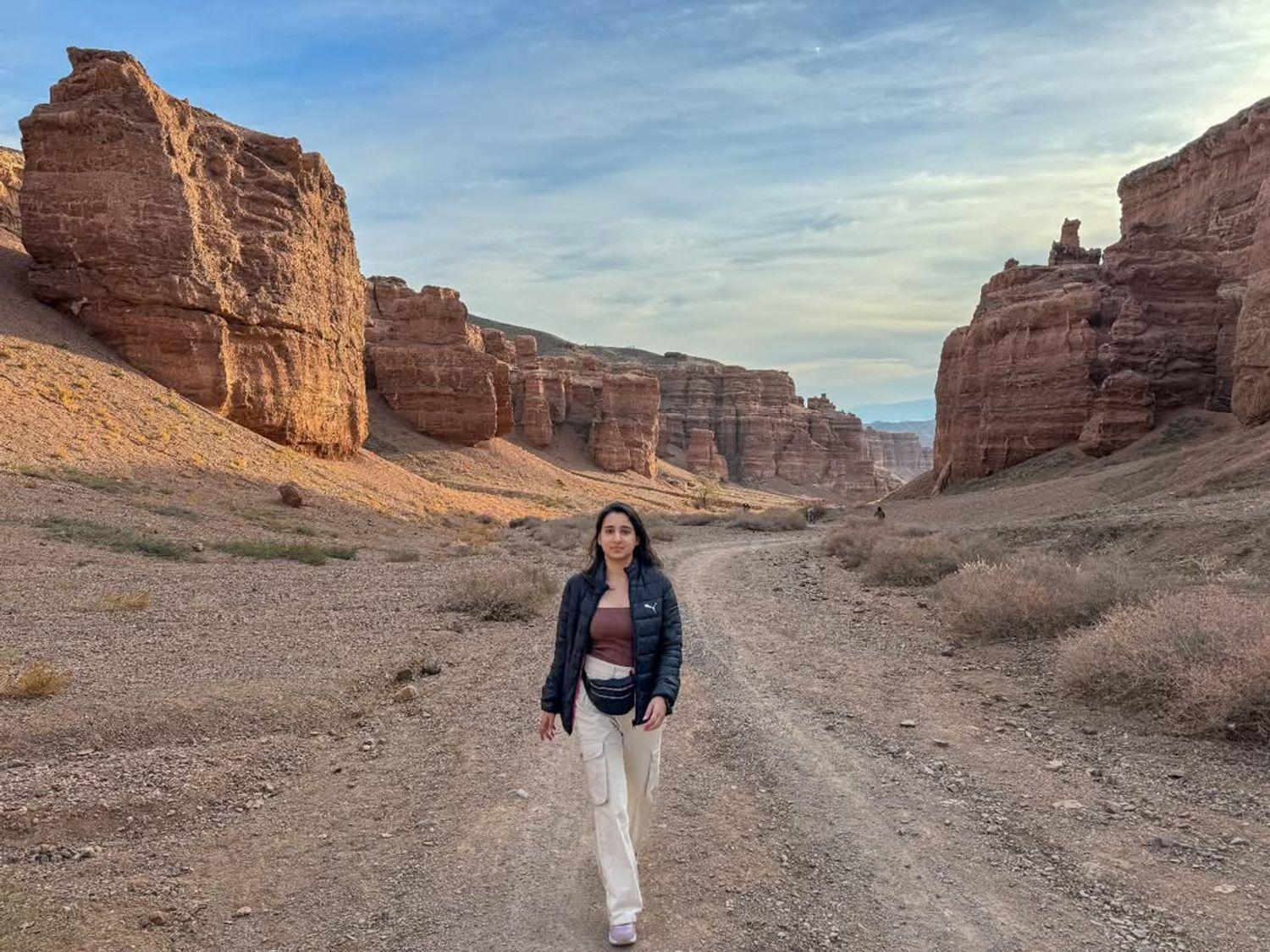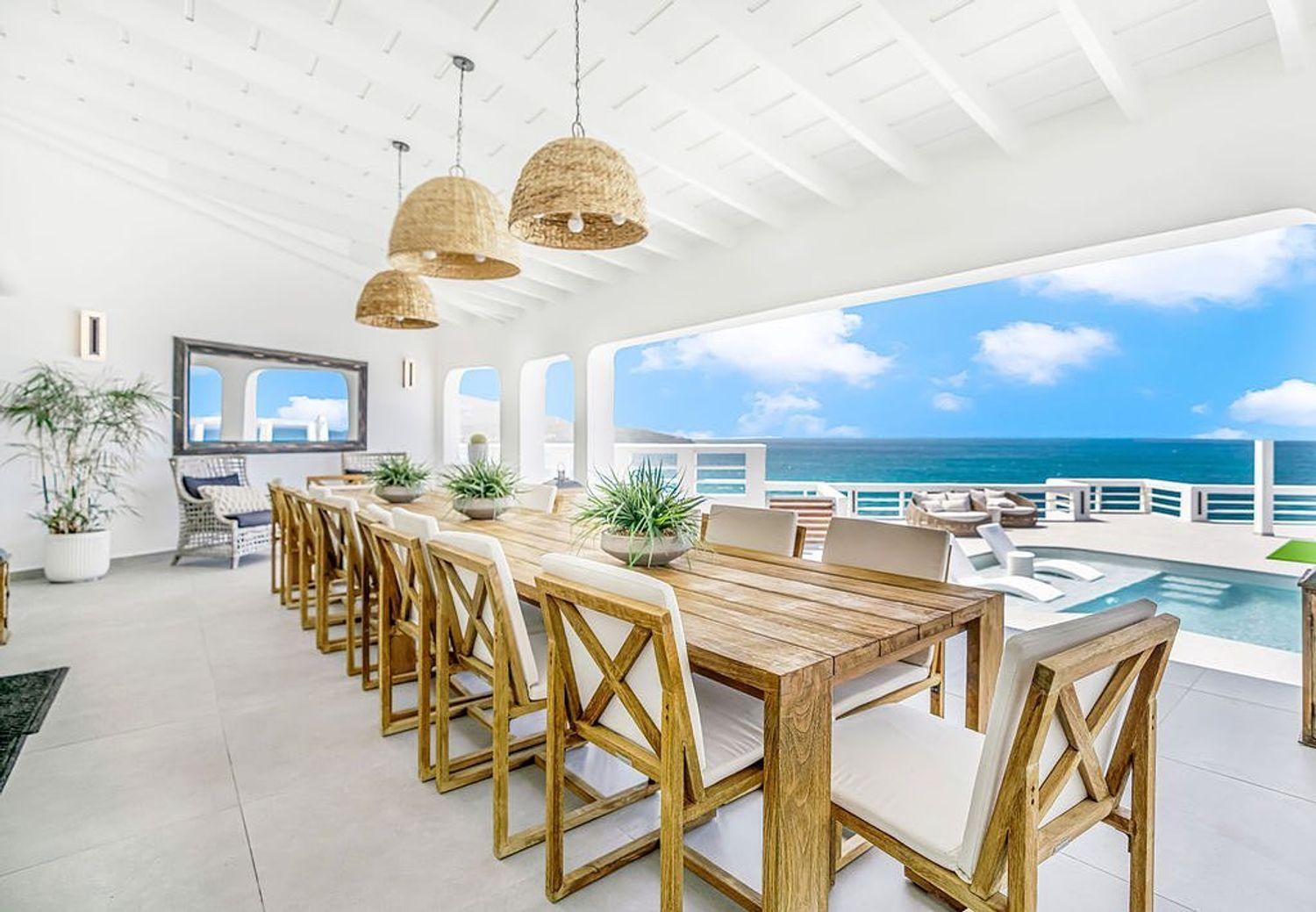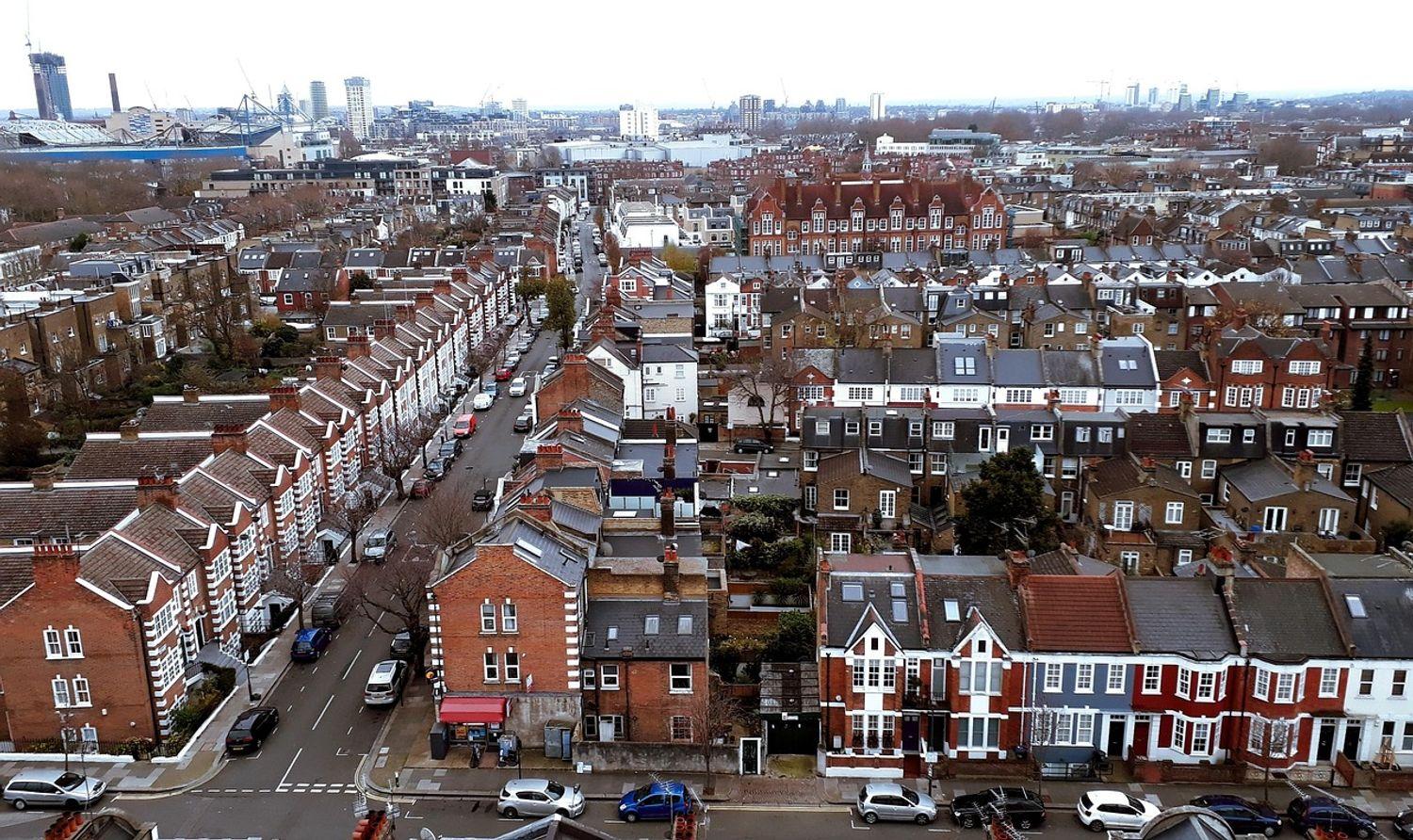In the highly competitive hospitality industry, creating a memorable and engaging guest experience is paramount. One often overlooked yet profoundly influential aspect of this experience is the interior design of hotel rooms and common areas.
Thoughtful design, particularly the strategic incorporation of wall art, can significantly enhance guest satisfaction and, consequently, boost a hotel's revenue.
This article explores the multifaceted benefits of investing in wall art and intentional room design, and how these elements can transform a hotel into a memorable destination.
The Psychological Impact of Interior Design
Interior design plays a crucial role in shaping guests' perceptions and emotions. The ambiance created by colors, textures, lighting, and artwork can evoke feelings ranging from relaxation to excitement.
According to environmental psychology, well-designed spaces can lead to positive emotional responses, encouraging guests to spend more time and money within the establishment. This concept, known as the "servicescape," emphasizes the influence of the physical environment on customer behavior.
In hotels, where guest experience is central to success, the servicescape becomes a powerful tool. Warm lighting, harmonious color schemes, and well-curated artwork can reduce stress, improve mood, and increase overall satisfaction.
When a guest feels welcomed and comfortable in their surroundings, they are more likely to engage with other hotel offerings such as restaurants, spas, and event spaces, leading to increased revenue per visitor.
Wall Art as a Strategic Investment
Integrating art into hotel interiors is more than mere decoration; it's a strategic investment that can yield substantial returns. Artworks serve multiple purposes: they enhance aesthetic appeal, reflect the hotel's brand identity, and create a unique atmosphere that distinguishes the property from competitors.
Wall art can act as a visual storytelling tool that communicates the hotel’s values and theme. A luxury hotel might opt for abstract art to convey sophistication, while a coastal resort might choose seascapes to reflect its serene environment. The selection and placement of art can influence guest perception, contributing to the overall narrative of the brand.
A 2018 study highlighted that nearly half of hospitality professionals believe the value of their property increases with the inclusion of artwork. Not only does it enhance the perceived quality of the hotel, but it can also lead to higher room rates. Guests are often willing to pay a premium for aesthetically pleasing environments that provide a memorable stay.
Creating a Sense of Place
Guests increasingly seek authentic experiences that connect them to the locale. Incorporating regional art and design elements can create a sense of place, immersing visitors in the local culture and history. For instance, a hotel in the American Southwest might feature artwork depicting desert landscapes or indigenous motifs, fostering a deeper connection between guests and their surroundings.
This localization of art not only supports local artists and artisans but also enhances the storytelling aspect of the guest experience. Art becomes more than decoration; it becomes a bridge to the region’s identity. By offering this cultural immersion, hotels can differentiate themselves from generic establishments and create a lasting impression.
Hotels that incorporate local art often see higher engagement on social media, as guests are more inclined to share photos of their visually unique surroundings. This organic marketing can lead to increased visibility and bookings from travelers seeking authentic and Instagram-worthy experiences.
Enhancing Guest Satisfaction and Loyalty
A thoughtfully designed room adorned with captivating art can significantly enhance guest satisfaction. When guests feel comfortable and inspired by their environment, they are more likely to return and recommend the hotel to others. This loyalty translates into repeat business and positive word-of-mouth marketing, both invaluable assets in the hospitality industry.
Comfort and beauty play pivotal roles in creating a home-away-from-home feeling. Guests who feel emotionally connected to their hotel experience often leave better reviews and higher ratings, which are crucial in today’s digital age. Online reviews and reputation directly impact booking rates, making design and ambiance critical components of a hotel’s success.
Case Studies: Art-Infused Hotel Designs
1. Bayerischer Hof Hotel, Munich: Renowned designer Axel Vervoordt transformed a penthouse suite by emphasizing natural materials and understated elegance. This refurbishment seamlessly blended modernity with the hotel’s historic grandeur, enhancing its appeal to contemporary travelers.
2. Three Ducks Hotel, Westhampton: Owners Randall Stone and Elizabeth Bakhash reimagined a 1950s motel by integrating environmentally friendly materials and custom-designed interiors. The inclusion of private garden sitting areas and a wildflower meadow created a serene, artful environment that attracts guests seeking a tranquil retreat.
3. 21c Museum Hotels, USA: A unique hotel concept that merges a boutique hotel with a contemporary art museum. Each location offers curated exhibitions and site-specific installations, turning the hotel itself into an immersive cultural experience. Guests return not only for the service but for the constantly evolving artistic environment.
Practical Considerations for Implementing Wall Art
When incorporating art into hotel design, consider the following:
1. Alignment with Brand Identity: Choose artworks that reflect the hotel’s theme and values, ensuring consistency across all spaces. The art should tell a cohesive story that complements the hotel’s narrative.
2. Quality and Authenticity: Invest in high-quality, authentic pieces that resonate with guests and withstand the test of time. Avoid generic prints and opt for original works or limited editions.
3. Local Collaboration: Partner with local artists to showcase regional talent, fostering community engagement and offering guests a unique cultural experience.
4. Maintenance and Care: Ensure that artworks are properly maintained, considering factors like lighting, humidity, and cleaning protocols to preserve their integrity.
5. Rotating Collections: Consider rotating artworks periodically to keep the environment fresh and encourage repeat visits. Returning guests may look forward to seeing new art each time.
6. Integration into Guest Rooms: Use artwork in guest rooms not just as decoration, but as focal points. A bold painting above the bed or a calming landscape near a reading nook can dramatically influence a guest’s mood and perception.
7. Art as an Interactive Element: Incorporate digital or interactive art that allows guests to engage with the work, such as QR codes that tell the story of the piece or the artist behind it.
8. Multi-Sensory Experiences: Combine art with soundscapes or scents to create immersive experiences. For example, a forest landscape painting could be paired with natural scents and soft ambient sounds.
9. Art in Common Areas: Don’t limit art to guest rooms. Hallways, lobbies, restaurants, and lounges are excellent spaces to showcase art that enhances the overall guest journey.
10. Incorporate Landscape Paintings into Interior Décor: Integrating landscape paintings into hotel interiors can profoundly enhance the ambiance and guest experience. These artworks not only add aesthetic appeal but also evoke a sense of tranquility and connection to nature, which is particularly beneficial in creating a relaxing environment for guests. Studies have shown that nature-based imagery can reduce stress and promote well-being, making landscape art an excellent choice for hospitality settings.
Conclusion
Investing in wall art and thoughtful room design is not merely an aesthetic choice but a strategic business decision. By creating environments that evoke positive emotions and memorable experiences, hotels can enhance guest satisfaction, foster loyalty, and ultimately increase revenue.
In the ever-evolving landscape of hospitality, embracing the transformative power of art and design can set a property apart, turning first-time visitors into lifelong patrons.
For a curated selection of paintings suitable for hotel interiors, consider exploring PastelBrush.com collection, featuring modern abstracts, serene landscapes, and elegant florals designed to create a refined and inviting ambiance.




